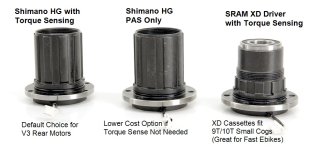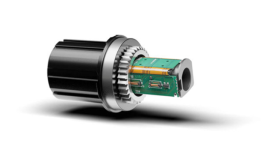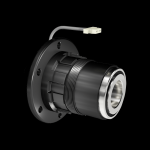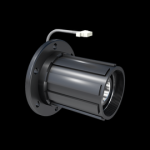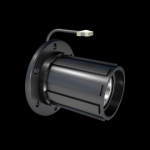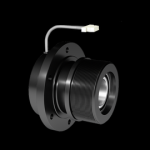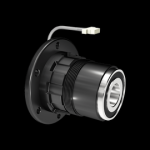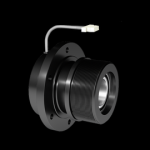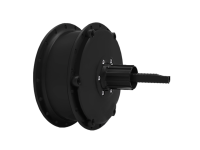FuzzyWuzzy
100 mW
- Joined
- Aug 10, 2021
- Messages
- 40
All-Axle Hub Motor - Grin Products - Product Info
The All Axle motor takes the simplicity and robustness of the direct drive hub motor, and optimizes it for the modern bike platform. This hub is fully compatible with all quick release and thru-axle bike forks, it is over 30% lighter than standard generic hubs of similar power (4kg vs 6kg), and...
Came out in the Christmas newsletter. Super stoked to see the torque sending quality


